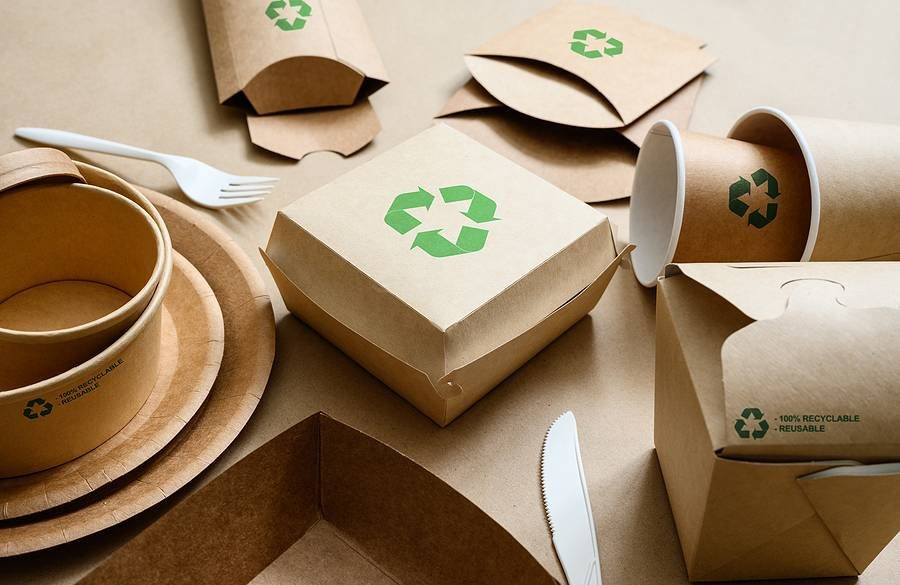In today’s world, the emphasis on sustainability is stronger than ever. As businesses and individuals become more aware of their environmental impact, the concept of zero waste laser printing has emerged as a crucial component in the transition towards eco-friendly practices. This article explores the nuances of zero waste printing and how it can significantly reduce waste in both small and large-scale printing operations.

Understanding Zero Waste Concepts
The term ‘zero waste’ refers to the process of minimizing waste to the greatest extent possible. This involves rethinking the entire lifecycle of a product, from creation to disposal. In the context of printing, zero waste means reducing unnecessary printing, using recyclable materials, and ensuring that any waste produced is managed responsibly.
Why Choose Laser Printing?
Laser printing is often preferred for its efficiency and quality. Unlike traditional printing methods, laser printers use toner powder and laser beams to produce images and text. This method is not only faster but also produces sharper results, making it ideal for professional settings where quality is paramount.
Benefits of Laser Printing
- High Speed and Efficiency
- Superior Print Quality
- Cost-Effectiveness
Integrating Zero Waste Principles in Laser Printing
To achieve zero waste in laser printing, businesses can adopt several strategies. These include using recycled paper, opting for refillable toner cartridges, and implementing digital workflows to reduce the need for physical prints.
Using Recycled Paper
Switching to recycled paper is a simple yet effective way to reduce waste. Recycled paper requires less energy to produce and helps conserve natural resources. For more on eco-friendly paper choices, visit eco-conscious printing.
Refillable Toner Cartridges
Traditional toner cartridges contribute significantly to landfill waste. Opting for refillable or remanufactured cartridges not only reduces waste but also lowers costs in the long run.
Adopting Digital Workflows
Encouraging the use of digital documents can drastically cut down on paper usage. Utilizing cloud storage and digital signatures are just a few ways businesses can move towards a paperless environment.
Training and Awareness
Educating employees about sustainable practices is crucial. Providing training sessions and resources can help instill a culture of sustainability within the workplace.
Monitoring and Evaluation
Regularly assessing printing practices can help identify areas for improvement. Setting measurable goals and tracking progress ensures that sustainability efforts are on the right track.
Challenges and Solutions
Transitioning to zero waste laser printing is not without challenges. Common obstacles include resistance to change and higher initial costs. However, these can be mitigated through proper planning and demonstrating the long-term benefits of sustainable practices.
Overcoming Resistance
Resistance to change is natural, but it can be overcome by involving employees in the decision-making process and highlighting the positive impacts of sustainability on the environment and business operations.
Cost Considerations
While the initial investment in sustainable materials and technologies may be high, the long-term savings and environmental benefits often outweigh these costs.
The Future of Zero Waste Printing
As technology advances, the potential for zero waste laser printing continues to grow. Innovations such as biodegradable toners and energy-efficient printers are paving the way for a more sustainable future.
Businesses that embrace these practices not only contribute to environmental conservation but also enhance their brand image and appeal to eco-conscious consumers.
Conclusion
Zero waste laser printing represents a significant step toward a more sustainable future. By adopting these practices, businesses can reduce their environmental footprint, cut costs, and lead by example in the fight against waste and pollution.
For more information on sustainable printing practices, check out zero waste publishing methods and sustainable packaging printing.

FAQs
What is zero waste laser printing?
Zero waste laser printing involves minimizing waste by using sustainable materials and practices in the printing process.
How can businesses implement zero waste printing?
Businesses can implement zero waste printing by using recycled paper, refillable toner cartridges, and digital workflows.
What are the benefits of zero waste printing?
The benefits include reduced environmental impact, cost savings, and improved brand image.
This article contains affiliate links. We may earn a commission at no extra cost to you.







